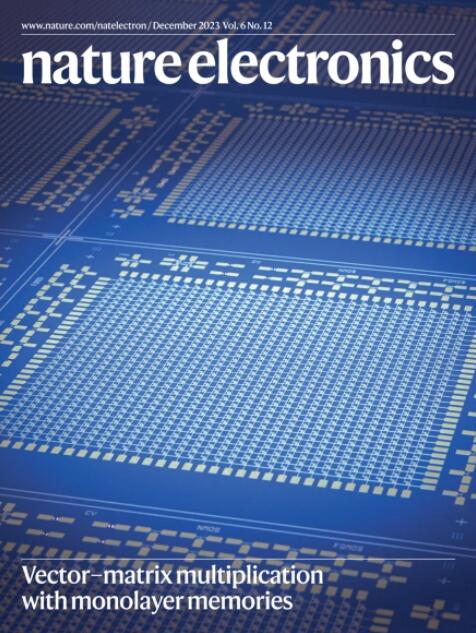3D 打印冷却器
IF 40.9
1区 工程技术
Q1 ENGINEERING, ELECTRICAL & ELECTRONIC
引用次数: 0
摘要
奥地利科学技术研究所的研究人员使用胶体悬浮液作为墨水打印了p型和n型热电腿。油墨配方是量身定制的,以促进在去除液体介质时固体颗粒之间形成界面键合。在室温下,印刷的p型碲化铋锑((Bi,Sb)2Te3)的优值zT为1.42,而n型硒化银(Ag2Se)的优值为1.3。然后将打印的热电腿组装成32对设备,当热侧固定在空气中30℃时,冷却温度梯度为50℃。在室温下,当施加电流为0.15 A时,冷却性能系数为3.8。原始参考文献:Science 387, 845-850 (2025)本文章由计算机程序翻译,如有差异,请以英文原文为准。

3D-printed coolers
求助全文
通过发布文献求助,成功后即可免费获取论文全文。
去求助
来源期刊

Nature Electronics
Engineering-Electrical and Electronic Engineering
CiteScore
47.50
自引率
2.30%
发文量
159
期刊介绍:
Nature Electronics is a comprehensive journal that publishes both fundamental and applied research in the field of electronics. It encompasses a wide range of topics, including the study of new phenomena and devices, the design and construction of electronic circuits, and the practical applications of electronics. In addition, the journal explores the commercial and industrial aspects of electronics research.
The primary focus of Nature Electronics is on the development of technology and its potential impact on society. The journal incorporates the contributions of scientists, engineers, and industry professionals, offering a platform for their research findings. Moreover, Nature Electronics provides insightful commentary, thorough reviews, and analysis of the key issues that shape the field, as well as the technologies that are reshaping society.
Like all journals within the prestigious Nature brand, Nature Electronics upholds the highest standards of quality. It maintains a dedicated team of professional editors and follows a fair and rigorous peer-review process. The journal also ensures impeccable copy-editing and production, enabling swift publication. Additionally, Nature Electronics prides itself on its editorial independence, ensuring unbiased and impartial reporting.
In summary, Nature Electronics is a leading journal that publishes cutting-edge research in electronics. With its multidisciplinary approach and commitment to excellence, the journal serves as a valuable resource for scientists, engineers, and industry professionals seeking to stay at the forefront of advancements in the field.
 求助内容:
求助内容: 应助结果提醒方式:
应助结果提醒方式:


